
1. Black hole wave
Astronomers studying an unusual black hole system have spotted a never-before-seen structure in the disk of matter encircling the system.
Swift J1357.2, an X-ray binary system that regularly emits outbursts of high energy, consists of a black hole slowly consuming its companion star. Matter from the doomed star falls into the accretion disk, which surrounds the black hole, feeding it dust and gas.
2. Mount Etna from space
Astronaut Chris Hadfield, the planet's most popular space shutterbug, snapped a spectacular photo of Italy's Mount Etna volcano streaming ash toward the sea early this morning (Feb. 28).
The volcano erupted yesterday (Feb. 27), the latest in a series of strong paroxysms, or short, violent bursts. For the first time, explosions and ash spewed into the air from Mount Etna's Voragine crater, while webcams trained on the fiery summit showed activity at Bocca Nuova crater as well.
3. New radiation belt around Earth
A ring of radiation previously unknown to science fleetingly surrounded Earth last year before being virtually annihilated by a powerful interplanetary shock wave, scientists say.
NASA's twin Van Allen space probes, which are studying the Earth's radiation belts, made the cosmic find. The surprising discovery - a new, albeit temporary, radiation belt around Earth - reveals how much remains unknown about outer space, even those regions closest to the planet, researchers added.
4. Mutant tadpoles!
Eyes hooked up to the tail can help blinded tadpoles see, researchers say.
These findings could help guide therapies involving natural or artificial implants, scientists added.
5. Growing sea ice
This winter, flowers bloomed in the northern Canadian city of Winnipeg. But not the verdant blooms that might come to mind; these were frost flowers.
The University of Manitoba opened a sea ice simulator last year to see how ice forms on the open water of the frigid poles, and how it affects the local climate and plant life.
6. Huge Red Sea canyon
A canyon more than 800-foot-deep has been discovered on the floor of the Red Sea by the U.K. Royal Navy's HMS Enterprise, using an echo sounder that produce 3D images of the feature.
The survey ship was probing the topography of the bottom of the Red Sea as part of a mission to better understand the waters of the Red Sea west of Suez, Egypt, and their safety for shipping and navigation, according to a release from the U.K. Ministry of Defence (MoD).
7. Awww! Baby leatherback
The Pacific leatherback turtle's last population stronghold could disappear within 20 years if conservation efforts aren't expanded, a new study finds.
Most of the Pacific Ocean's leatherback turtles, at least 75 percent, lay their eggs at Bird's Head Peninsula in Papua Barat, Indonesia. The number of leatherback turtle nests at the peninsula's beaches dropped 78 percent between 1984 and 2011, the study discovered.
8. Weird ancient creature
Scientists have unearthed extraordinarily preserved fossils of a 520-million-year-old sea creature, one of the earliest animal fossils ever found, according to a new study.
The fossilized animal, an arthropod called a fuxhianhuiid, has primitive limbs under its head, as well as the earliest example of a nervous system that extended past the head. The primitive creature may have used the limbs to push food into its mouth as it crept across the seafloor. The limbs may shed light on the evolutionary history of arthropods, which include crustaceans and insects.
9. Our galaxy's cannibal past
The Milky Way's far outer reaches may harbour a shell of stars left over from a long-ago act of galactic cannibalism, a new study suggests.
The finding supports the idea that our Milky Way has continued to grow over the eons by gobbling up smaller satellite galaxies, researchers said. And the results may help astronomers better understand how mass is distributed throughout the galaxy, which could shed light on the mysterious dark matter that's thought to make up more than 80 percent of all matter in the universe.
10. Giant jet over China
A rare glimpse of a "gigantic jet" - a huge and mysterious burst of lightning that connects a thunderstorm with the upper atmosphere - was made over China in 2010 and was recently described by scientists.
The gigantic jet took place in eastern China on Aug. 12, 2010 - the farthest a ground-based one has ever been observed from the equator, according to the research team.
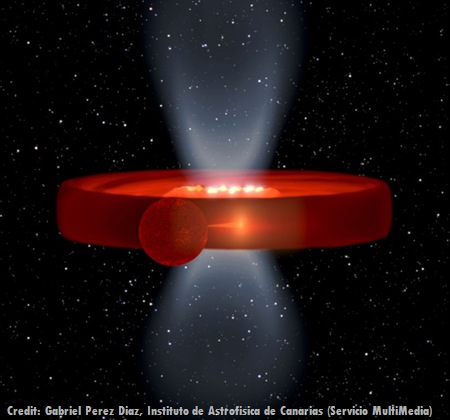


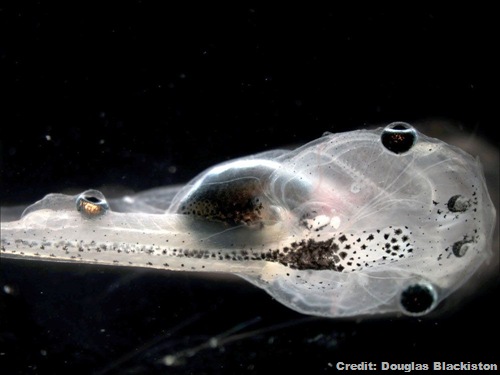

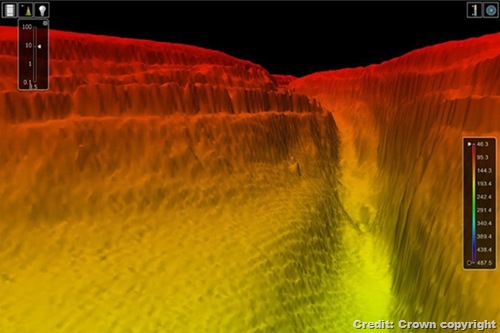

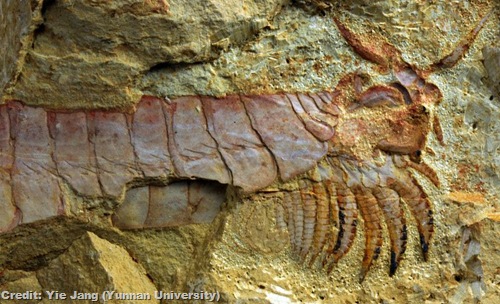

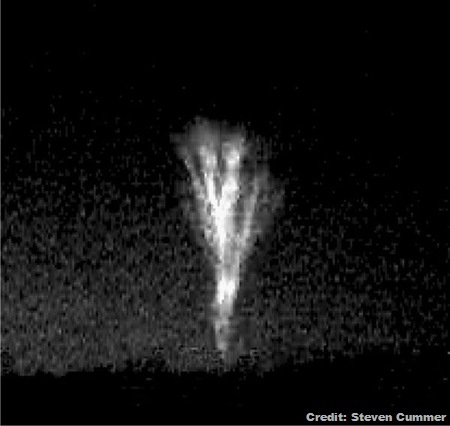
No comments:
Post a Comment
Please adhere to proper blog etiquette when posting your comments. This blog owner will exercise his absolution discretion in allowing or rejecting any comments that are deemed seditious, defamatory, libelous, racist, vulgar, insulting, and other remarks that exhibit similar characteristics. If you insist on using anonymous comments, please write your name or other IDs at the end of your message.